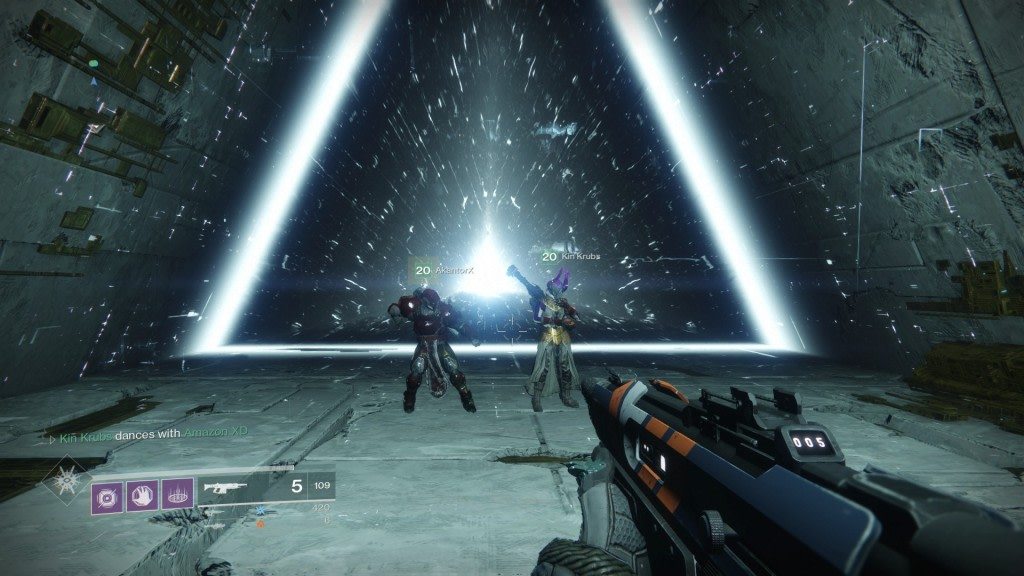Destiny 2: The Curse of Osiris launched in the beginning of December, marking the first paid expansion for the hugely popular Bungie-developed first person shooter. Unlike other FPS games, Destiny 2 is meant to be played continuously for months and months, with new content releasing in spurts. After the release of Destiny 2, fans were upset at the lack of true endgame content, and were hoping for a substantial amount of content in The Curse of Osiris DLC. Apart from new quests to complete and new gear to find, The Curse of Osiris adds in a new playable planet, extra raid content, and even more grindy goodness than before. Instead of taking it on solo, like I did with my Destiny 2 review, I invited A9K editor Kevin Kraus to play along with me. To shake things up, here’s our dual review of Destiny 2: The Curse of Osiris, delivered in handy interview form. Enjoy!
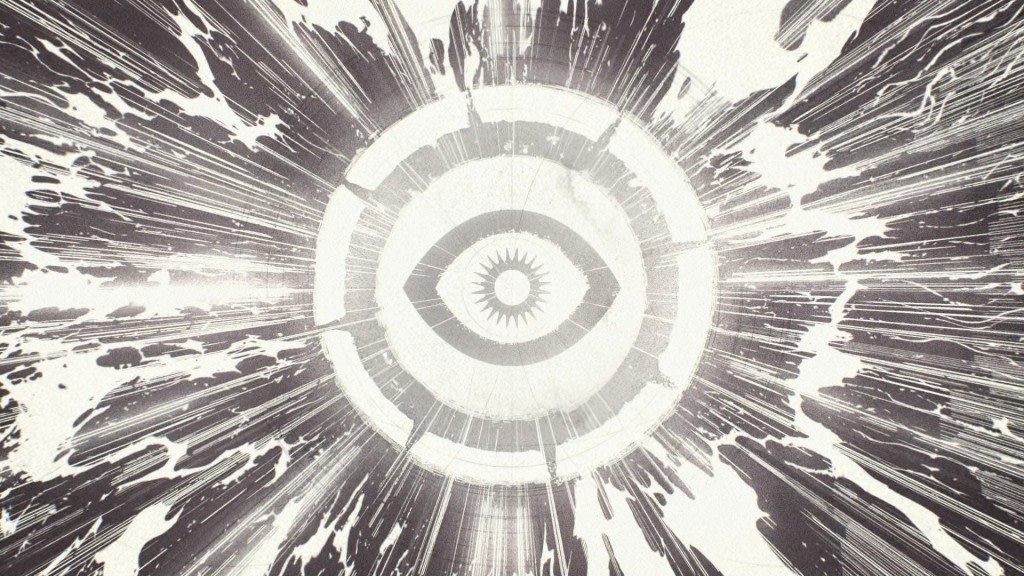
Matt: Thanks to everyone for checking out our dual review of Destiny 2: The Curse of Osiris! With me today I have Kevin Kraus, one of our main editors here at A9K, and co-host of Super Gamecast 64, a video game podcast we run together. We recently played Curse of Osiris, and thought this would be a fun way of doing the review. So let me start with this – Kevin, have you finished Curse of Osiris?
Kevin: I have finished the majority of the story content, but haven’t done a ton of the “extra curricular” stuff yet. I’ve played through the “meat” of the game, though.
Matt: Great. Let’s talk about different aspects of game briefly. Curse of Osiris isn’t the best thing I’ve played, but I think it’s better when viewed piecemeal than as a whole. So first off, let’s talk about the story.
Mercury’s Curse
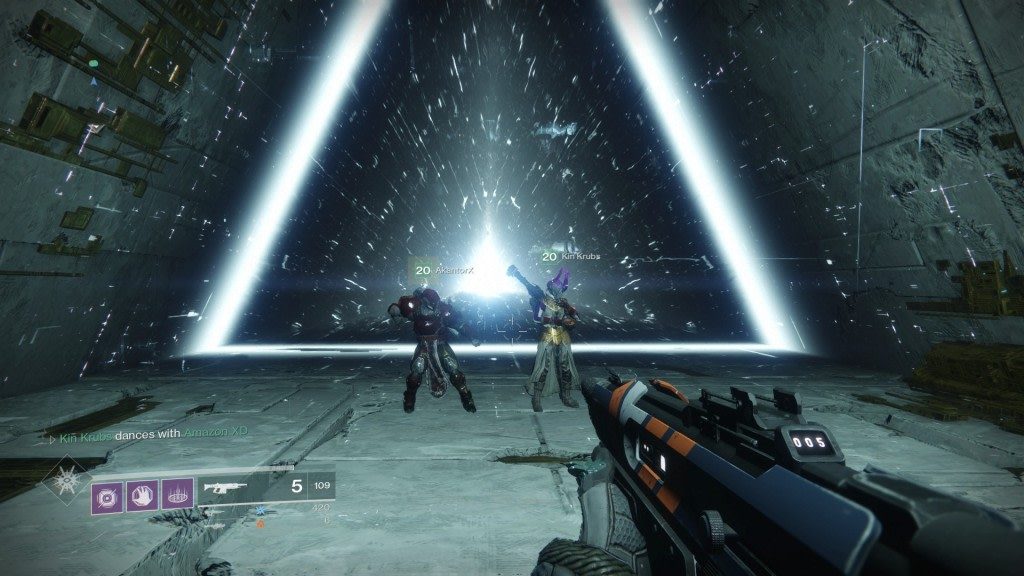 Matt: I didn’t really play Destiny 1 a ton, but I did play Destiny 2 quite a bit. You know more about the lore, so from a surface level, what’s the story of The Curse of Osiris?
Matt: I didn’t really play Destiny 1 a ton, but I did play Destiny 2 quite a bit. You know more about the lore, so from a surface level, what’s the story of The Curse of Osiris?
Kevin: There’s plenty of YouTube videos you can look up to give you an idea of the background of Destiny, and there’s a pretty interesting backstory going on there. Curse of Osiris starts off when a legendary Guardian, known as Osiris, picks up a problem in one of the many timelines he monitors. It turns out that the Vexx are up to no good on Mercury. If it seems like I’m not going into detail, it’s by design. I’m trying to avoid spoilers, but the story itself finds your Guardian discovering that Osiris’ Ghost has been found on Mercury, and you’re sent to figure out the problems there.
Matt: So with the game’s four hours of quest content, it starts out very strong with an introduction. Even if you don’t know a bunch about Destiny‘s lore, it does a good job getting you interested. As the game continues, the quest content gets repetitive, and I found myself not really caring about the story much. It ends well though, giving us a great beginning, a mediocre middle, and a pretty good ending. Additionally, the side quests and adventures lack the narrative punch that original Destiny 2 side quests contained.
Kevin: Yeah, I agree. At a certain point in the quest line, it becomes part of the narrative to repeat sections of the game except with different flavor. I’m being vague for spoilers sake, but you literally play the same part over and over. It kind of seemed lazy.
Matt: I would say the story has decent content, but the execution leaves a lot to be desired. I’m glad you brought the repetitiveness up though, because that brings us into the quests and the gameplay itself.
Shooting with Friends
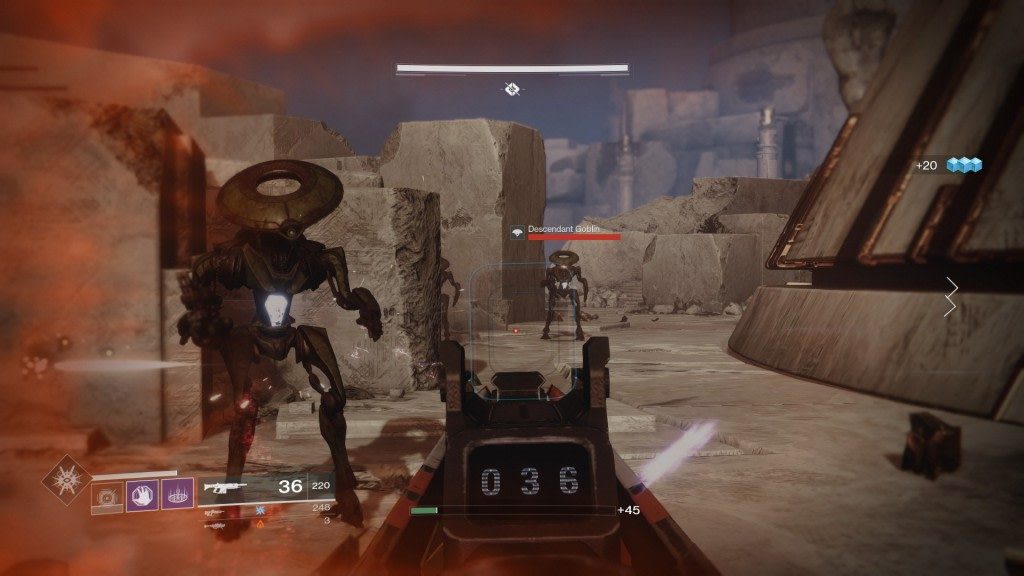
Matt: So the actual gameplay is still the same old Destiny 2 you’ve come to love. You have a higher light level this time around, I believe it’s 325 or 330? I could be wrong. While you play these DLC quests, you’ll go to planets that you’ve already been on, but there is a new zone on Mercury to explore. Unfortunately, it’s about the size of a larger multiplayer map. You can explore around there for Lost Sectors, chests and the like, but the majority of quest content just feels repetitive. You’re doing the same kind of combat scenarios in the same environment, and it can feel very grindy; even by Destiny standards. As a DLC, it’s not the most invigorating kind of questing, but when it comes down to the raid content, it gets a bit more interesting.
Kevin: The quest content is just as repetitive as the actual story content was. That being said, there are these “prophecy tablets” that you unlock by use of consumables that you acquire through a variety of activities. That content was more along the lines of the Destiny 2 grind that I enjoy. It was a primary goal that you could grind passively by doing other stuff in the game. That’s what I like about Destiny. You’re always working towards something. It’s a rough approximation of enjoying the game while still accomplishing something over time.
Matt: I’ll say that Curse of Osiris is fun, because you’re playing Destiny 2 with your friends. But as far as revitalizing an interest in the game, you shouldn’t expect anything more than five or so hours of fun with your friends. The quest content and the story stuff in general is a bit weak, but it’s still a decent time for the price.
The Osiris Aesthetic and the World Eater
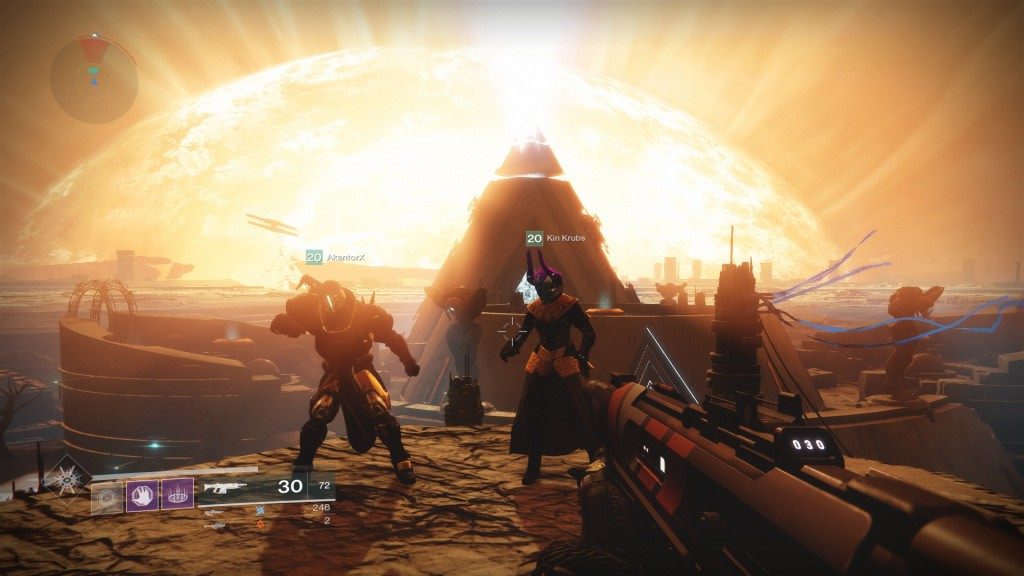
Kevin: Some of the strongest parts of this expansion were the visuals. There were things in the realm of visual technique that they accomplished in this that surpass even the main Destiny 2 game. There’s a bunch of great effects that are going on that make playing the game that much more enjoyable from a visual perspective. There’s some certain points in the new raid lair that I won’t spoil, but it really was breathtaking for me. Other than that, they did a great job with the overall visual aspect of things, it’s just a shame the content within it is so repetitive.
Matt: That brings us to the raid lair! Like Kevin said, there are things like the prophecy boxes that you’ll be grinding for well past the main quest, but the biggest addition to end game is the new raid lair, “The Eater of Worlds”. This is a new raid activity that takes place in the Leviathan raid area from vanilla Destiny 2, but with brand new encounters. It’s much shorter than the original raid, but it’s an improvement both in visuals and fun factor. Unfortunately, a lot of it is jumping and traversal puzzles that are pretty easy, capped off with a frustrating multi-phase boss fight. Like Kevin said though, some of the best visual set pieces are in the raid lair, and that brings up the quality for me.
Kevin: You know what? I didn’t realize this until now, but the raid lair is a lot more polished than the original raid was. There were a lot fewer moments where frustration arose from some mechanical issue. Often times the reason for failure was my own fault, not some systemic problem with the raid itself.
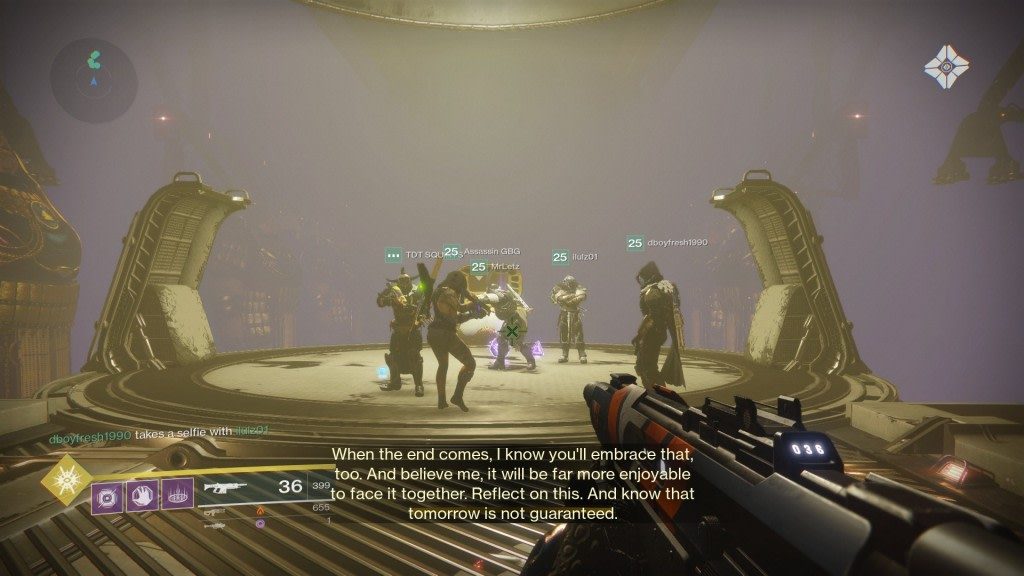
The Bottom Line on Destiny 2: The Curse of Osiris
Matt: So in general, I think Curse of Osiris is a competent DLC. It’s an interesting story that isn’t told very well, and the overall majority of questing content is too repetitive. People who play Destiny for the long haul will find new weapons and items to grind for, but nothing that you’ll spend hundreds of hours trying to obtain. This is a smaller expansion in comparison to original Destiny DLC’s; I think this on par with something like House of Wolves rather than The Taken King. I recommend it for players looking for some more Destiny 2, but don’t expect anything more than four or five hours of content, with a few extra hours in the new raid lair.
Kevin: As the first expansion to Destiny 2, Bungie played it safe with Curse of Osiris, which is unfortunate. I think we’ve come to expect a lot more from them, and quite frankly, they fell flat. There is a lot to appreciate from an artistic standpoint, and we both commend the visuals and art direction, but not much more than that.
